Enterprise Risk Modelling: Outpatient Waiting Times at GCU London
VerifiedAdded on 2023/05/26
|7
|607
|330
Project
AI Summary
This project analyses outpatient waiting times at a local hospital, focusing on the risk of exceeding the government-mandated 120-minute waiting time limit and accruing penalty points. The analysis uses quantitative data to determine the expected minimum, maximum, and mean number of penalty points. The Distribution Fitting Facility is employed to identify an appropriate probability distribution governing wait times, with RiskUniform and RiskBetaGeneral distributions being considered. A 1000-iteration simulation estimates the probability distribution of additional penalty points, utilizing functions like RiskUniform and RiskBetaGeneral. The project uses @Risk Excel add-on in conjunction with Excel to derive a working solution to the problem.
1 out of 7


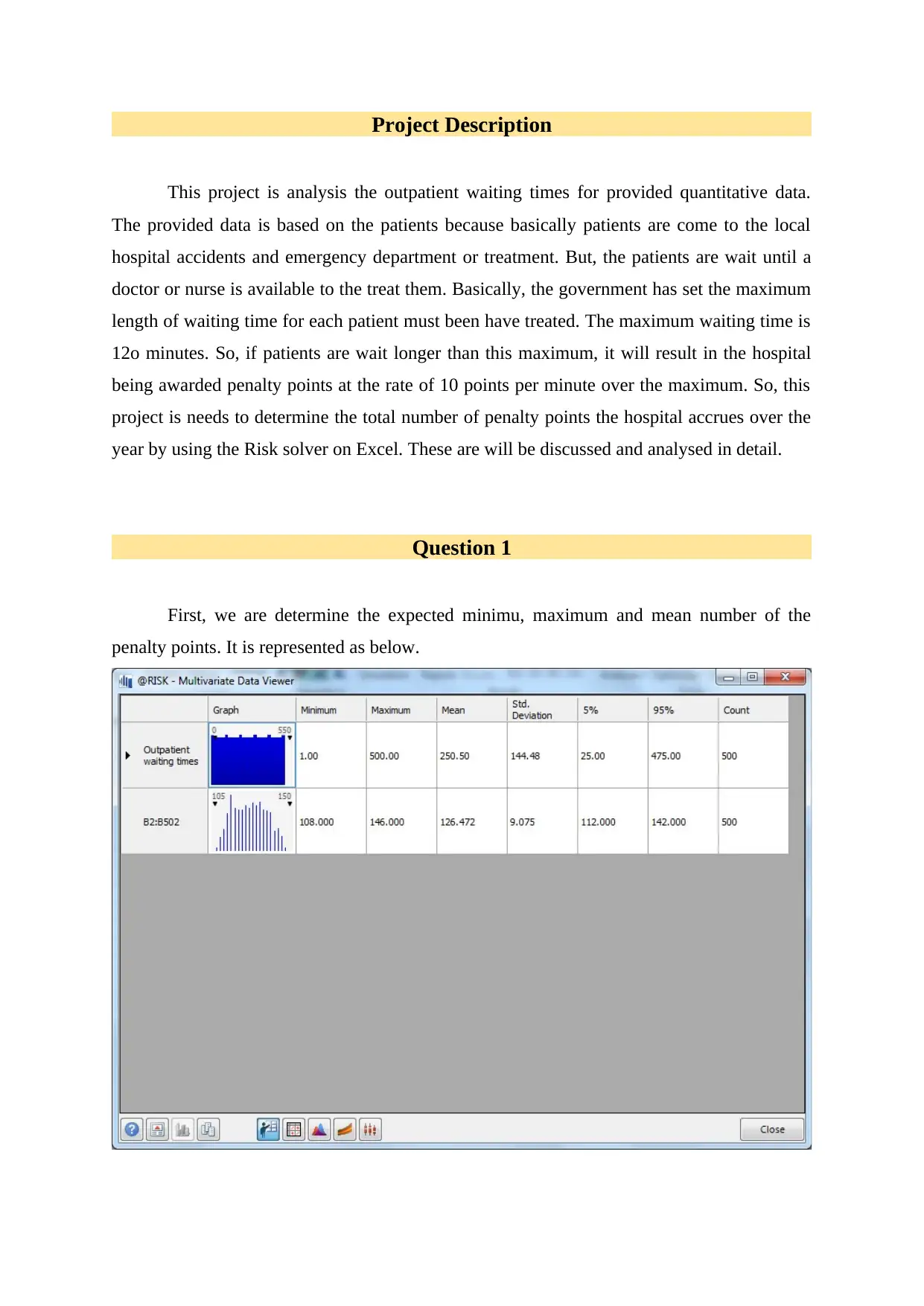

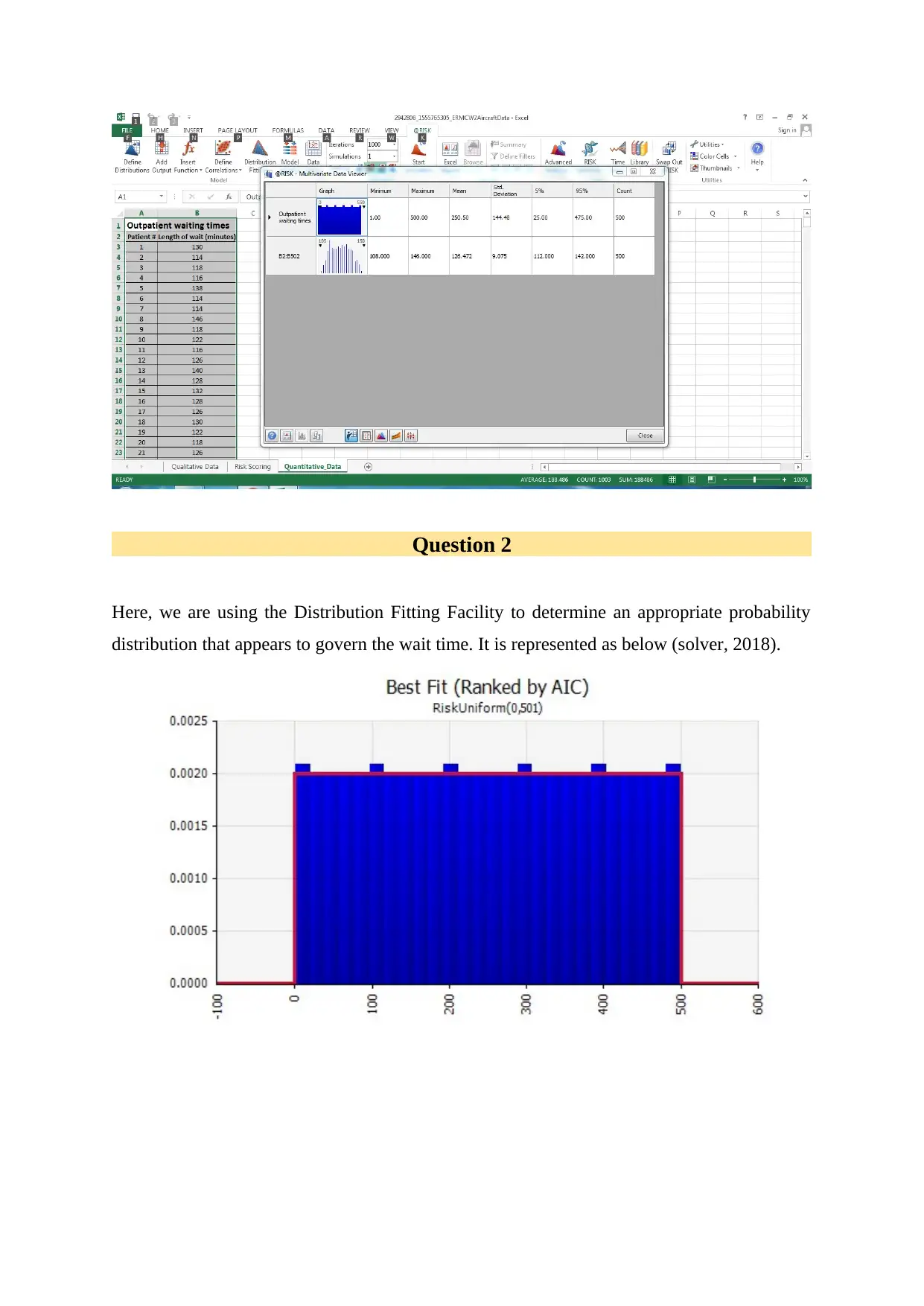
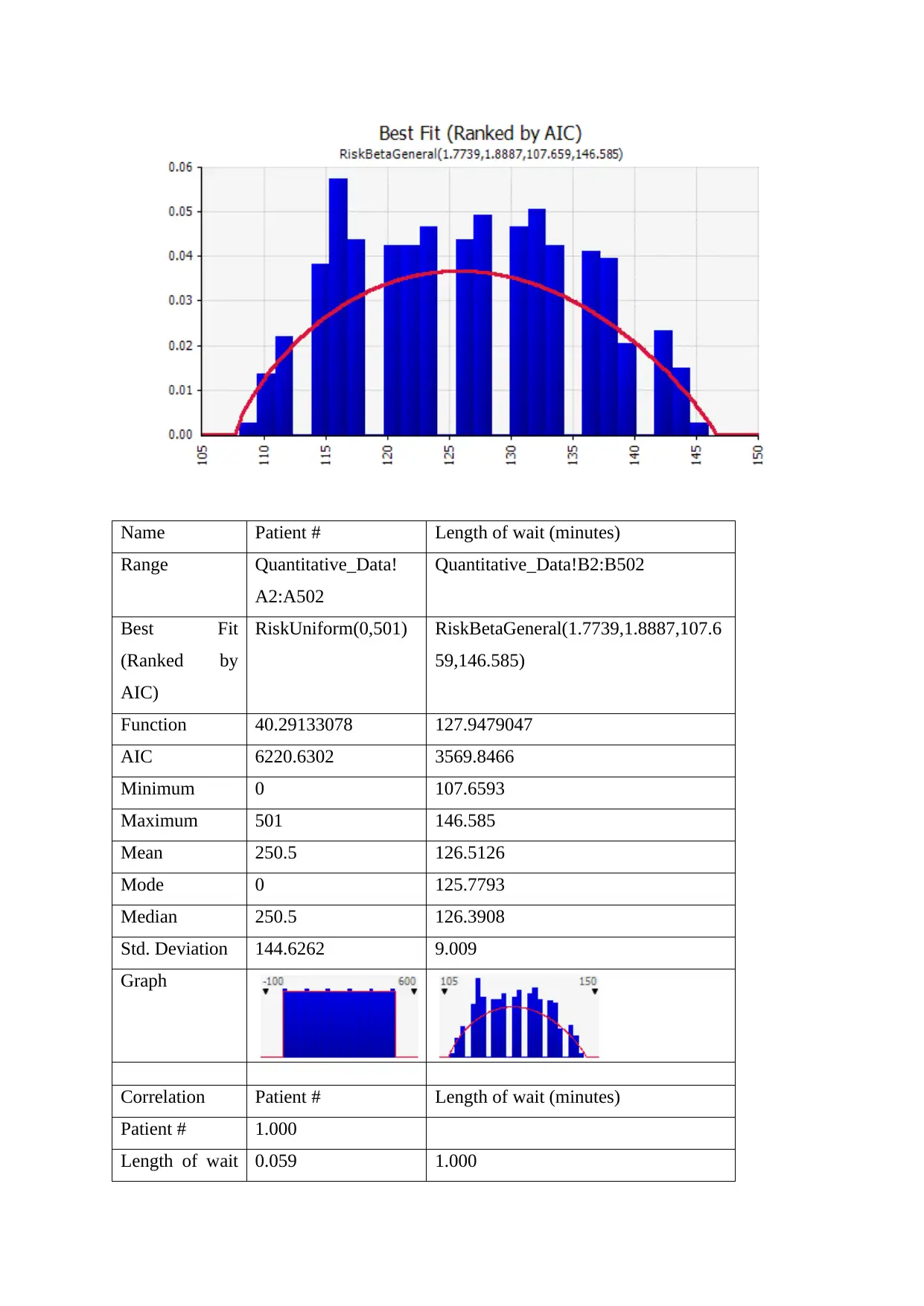
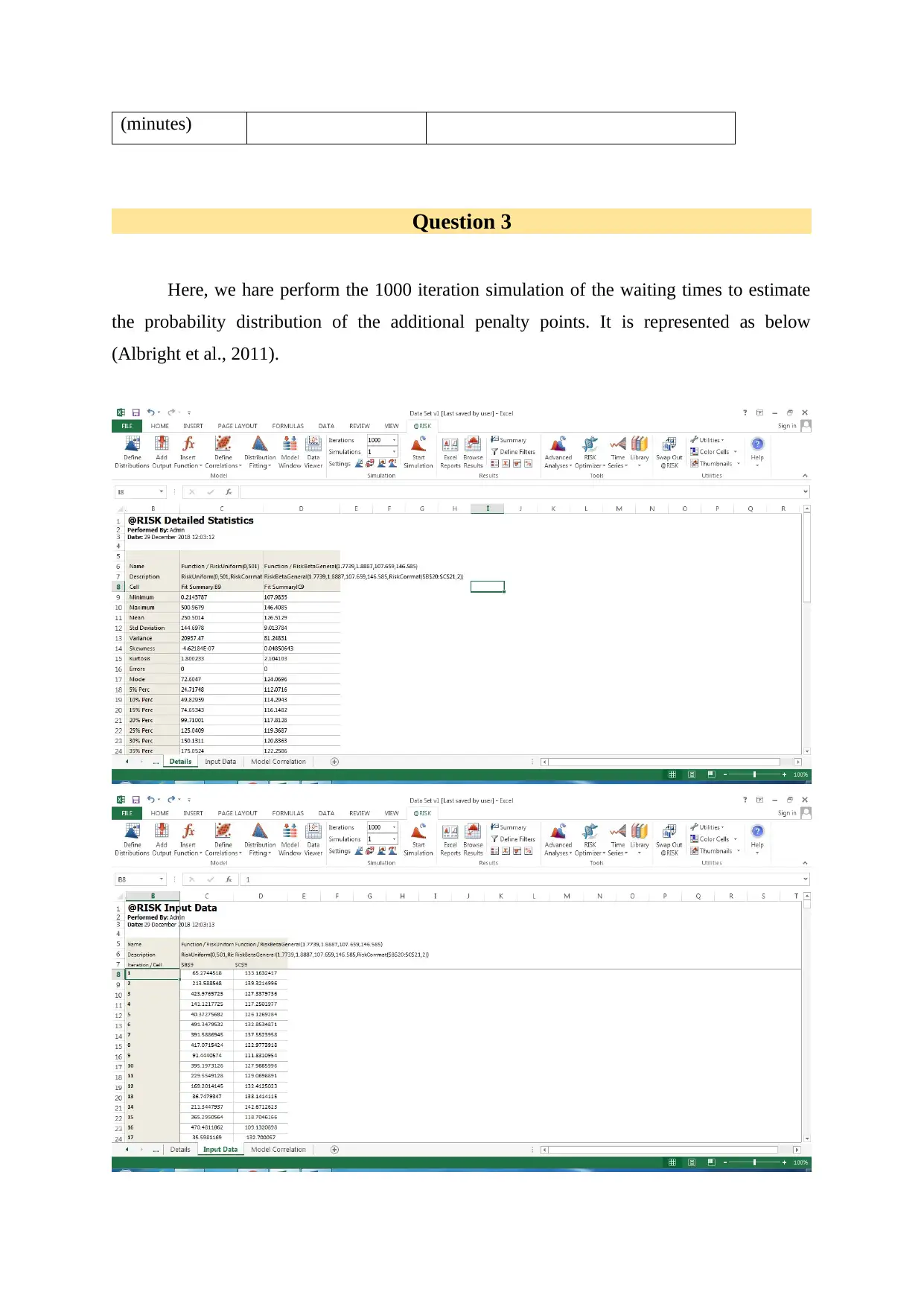
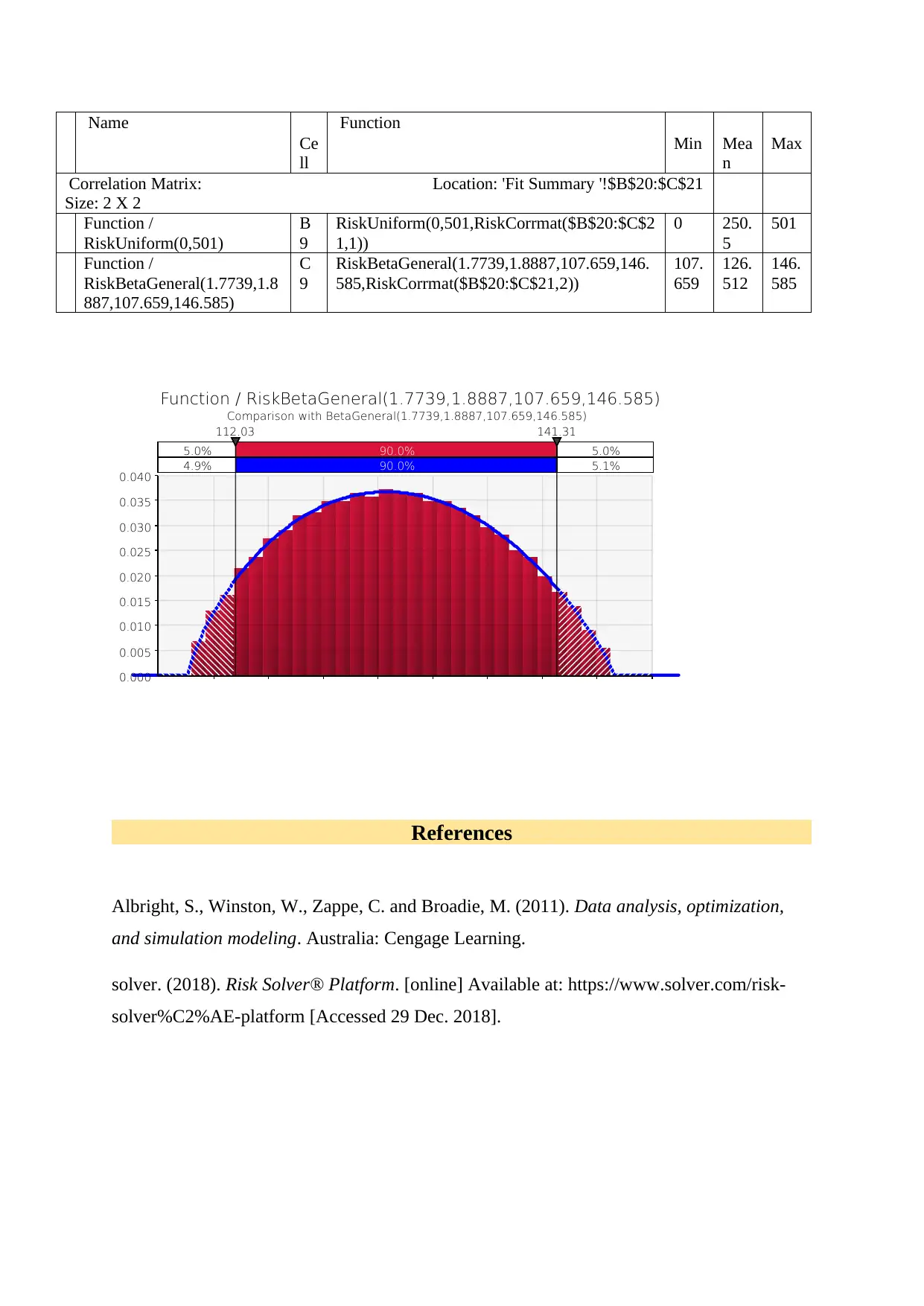
![[object Object]](/_next/static/media/star-bottom.7253800d.svg)